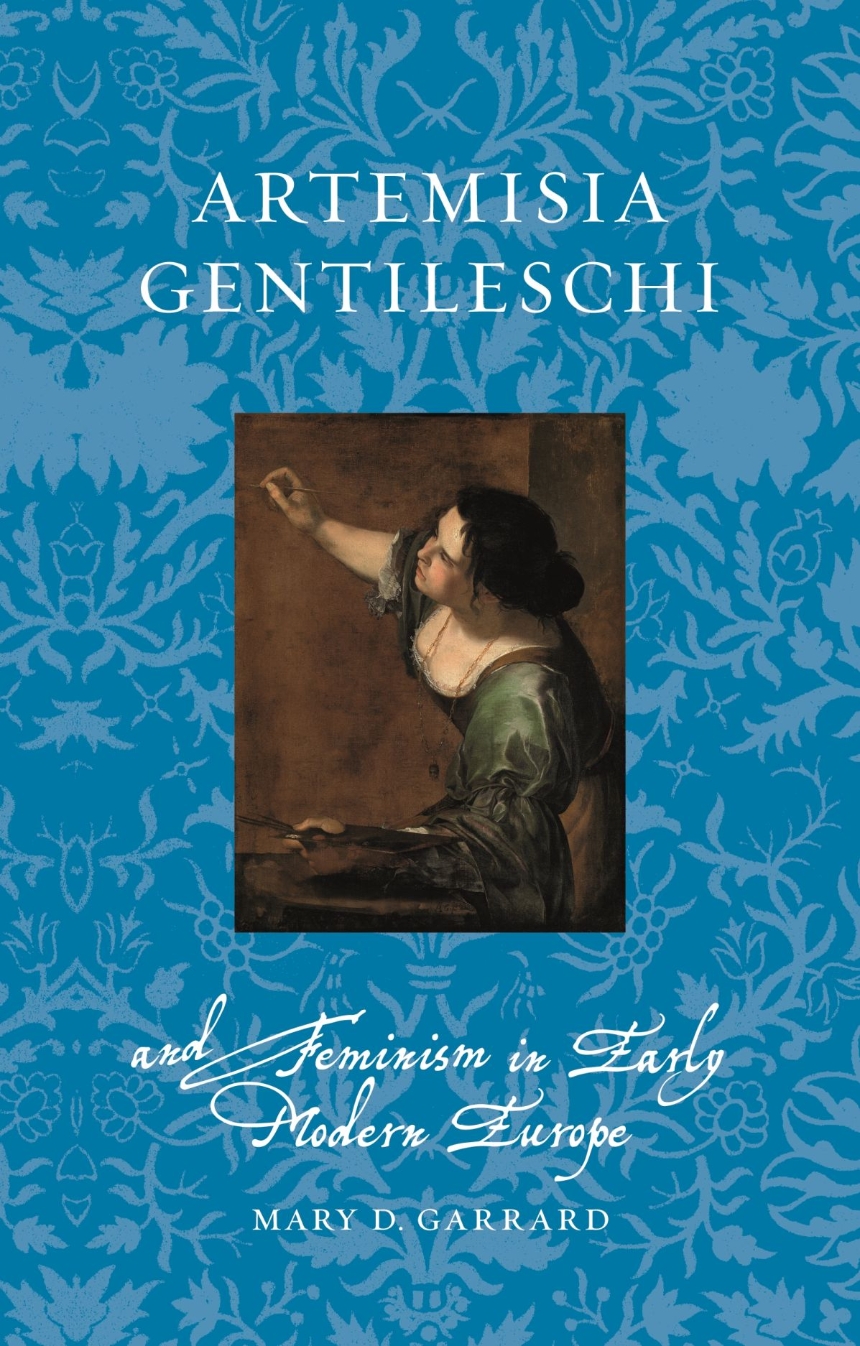Artemisia Gentileschi and Feminism in Early Modern Europe
9781789147773
9781789142396
Distributed for Reaktion Books
Artemisia Gentileschi and Feminism in Early Modern Europe
An accessible introduction to the life of the seventeenth-century's most celebrated women artists, now in paperback.
Artemisia Gentileschi is by far the most famous woman artist of the premodern era. Her art addressed issues that resonate today, such as sexual violence and women’s problematic relationship to political power. Her powerful paintings with vigorous female protagonists chime with modern audiences, and she is celebrated by feminist critics and scholars.
This book breaks new ground by placing Gentileschi in the context of women’s political history. Mary D. Garrard, noted Gentileschi scholar, shows that the artist most likely knew or knew about contemporary writers such as the Venetian feminists Lucrezia Marinella and Arcangela Tarabotti. She discusses recently discovered paintings, offers fresh perspectives on known works, and examines the artist anew in the context of feminist history. This beautifully illustrated book gives for the first time a full portrait of a strong woman artist who fought back through her art.
Artemisia Gentileschi is by far the most famous woman artist of the premodern era. Her art addressed issues that resonate today, such as sexual violence and women’s problematic relationship to political power. Her powerful paintings with vigorous female protagonists chime with modern audiences, and she is celebrated by feminist critics and scholars.
This book breaks new ground by placing Gentileschi in the context of women’s political history. Mary D. Garrard, noted Gentileschi scholar, shows that the artist most likely knew or knew about contemporary writers such as the Venetian feminists Lucrezia Marinella and Arcangela Tarabotti. She discusses recently discovered paintings, offers fresh perspectives on known works, and examines the artist anew in the context of feminist history. This beautifully illustrated book gives for the first time a full portrait of a strong woman artist who fought back through her art.
Reviews
Table of Contents
Preface
1 Artemisia and the Writers: Feminism in Early Modern Europe
2 Sexuality and Sexual Violation: Susanna and Lucretia
3 The Fictive Self: Musicians and Magdalenes
4 Women and Political Power: Judith
5 Battles of the Sexes: Women on Top
6 The Divided Self: Allegorical and Real
7 Matriarchal Succession: The Greenwich Ceiling
References
Select Bibliography
Acknowledgements
Photo Acknowledgements
Index
1 Artemisia and the Writers: Feminism in Early Modern Europe
2 Sexuality and Sexual Violation: Susanna and Lucretia
3 The Fictive Self: Musicians and Magdalenes
4 Women and Political Power: Judith
5 Battles of the Sexes: Women on Top
6 The Divided Self: Allegorical and Real
7 Matriarchal Succession: The Greenwich Ceiling
References
Select Bibliography
Acknowledgements
Photo Acknowledgements
Index

